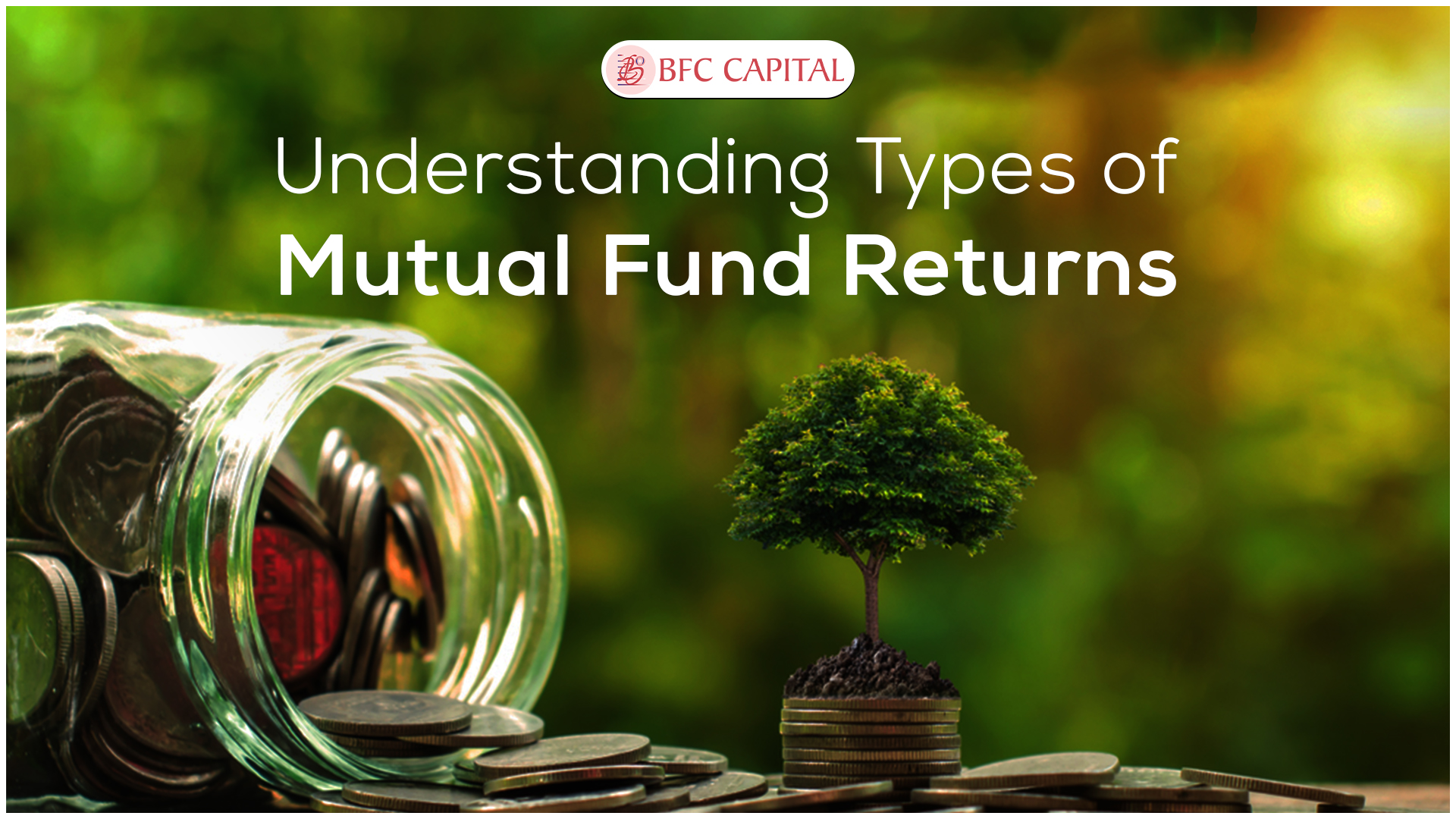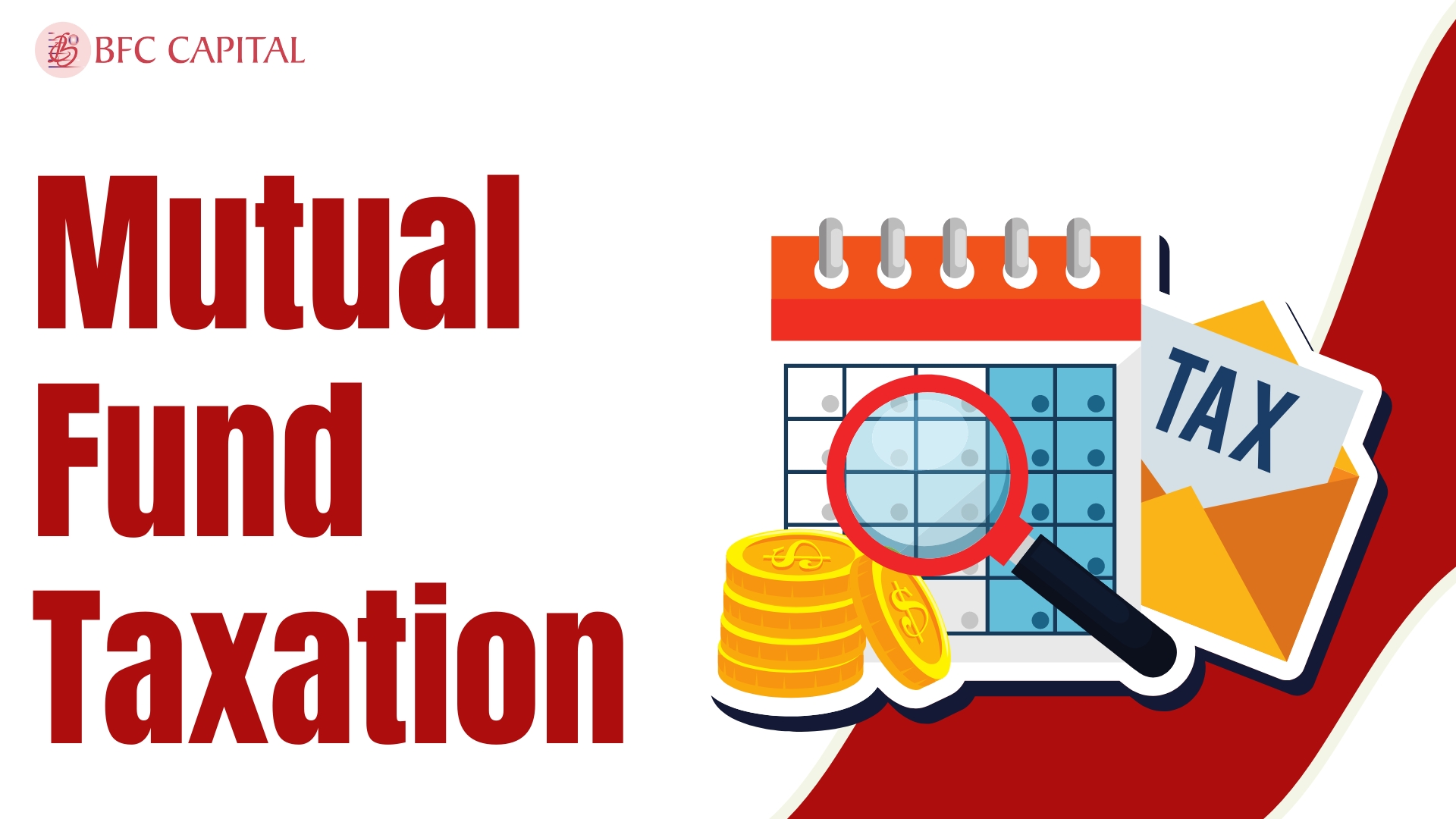
Assume that you grow an apple tree. You either let the apples stay on the tree and allow them to grow juicier and riper. Or, you pick the apples and enjoy them right away. You make This choice while investing in mutual funds – growth and dividend options.
Growth funds are similar to letting the apples stay on the tree. The objective is to let the funds grow over time by reinvesting any gains or dividends back into the fund. This potentially leads to larger and more valuable returns in a longer period.
On the other hand, dividend funds are the same as picking apples, as they just ripen. The funds distribute some of the earnings’ options to the investors as dividends. This provides a steady income stream, but the fund’s growth potential is quite limited.
One option might not necessarily be better than the other. So, which is the right option for you? This blog dives deeper into the merits and drawbacks of each of the options through real-life examples to help you make informed decisions.
Table of Contents
What is the Growth Option in Mutual Funds?
Assume that you’re starting a small business. However, rather than reinvesting all the profits generated into the business itself, you hire a financial advisor to help you grow your wealth. The advisor suggests you start investing in mutual funds.
In this scenario, a growth fund equals investing in a “seed fund” for your business. Also known as seed capital or seed money, a seed fund is the first step to start investments into a startup. Being a vital financial resource, it helps the business grow by offering capital support to transform ideas into a profitable and sustainable business.
Like the seed fund, in a growth fund, you put your money into a pool of businesses that have high growth potential. The final objective is to let these businesses grow and then the investment grows with these businesses as well.
For example, you invest Rs. 1,00,000 in a growth fund. The fund invests in a tech startup that has developed a new revolutionary product. The startup becomes huge and the value of the fund’s shares grows significantly. Now, the initial investment of Rs. 1,00,000 could potentially grow to Rs. 2,00,000 or even more over time given the fund’s successful investments.
Growth funds are generally designed for long-term investors who are comfortable with some amount of potential volatility. There’s no definite guarantee that the growth fund will outperform in the market. However, over a long time, they may potentially offer returns.
What are the tax implications for a growth fund? Capital gains from growth funds are normally taxed. However, the specified tax rules depend on the location as well as the holding period.
Overall, the growth funds are like planting seeds and nurturing them, so they grow into a thriving tree. It will yield substantial rewards under the right conditions and patience.
Understanding the Dividends Option in Mutual Funds
Imagine you are the landlord of a rental property. Instead of keeping the rental income for your personal expenses, you distribute a portion of it to your tenants as monthly dividends.
This is how dividends work.
In this scenario, the landlord is the mutual fund manager, the rental property is the fund’s investments such as stocks or bonds, the tenants are the fund’s investors, and the rental income is the fund’s
In the case of the Dividend option in mutual funds, the dividend is given out to the investor from his capital and not from any sort of profit, unlike stocks.
In some cases, dividends will be received from certain funds that might qualify for favorable tax treatment. The dividend funds focus on income, they also offer income and growth potential i.e., more value over time.
For example, let’s say that you invest Rs. 50,000 in a dividend fund. The fund announces a dividend yield of 4% meaning that for every Rs. 100 invested, you could expect to receive Rs. 4 in dividends annually.
=> Dividend income = investment amount*dividend yield
=> Dividend income = Rs. 50,000 * 4% = Rs 2,000
Hence, you can expect to receive Rs. 2,000 in dividends per year for the Rs. 50,000 investment you made.
Please remember that dividend funds don’t guarantee consistent dividend pay. The frequency and amount depend on the fund’s performance, the company’s financial health, and other investments.
Is this option the one you can depend on? Let’s discuss further.
The Key Differences Between Growth Option and Dividend Option
Let’s say you invest in a garden. Would you prefer to nurture a few plants that produce abundant fruit or focus on growing a single majestic tree?
Growth funds are the majestic tree that focuses on long-term growth and potential capital appreciation. Dividend funds are the same as cultivating a garden with many fruit-bearing plants. Here, the emphasis is on regular income generation.
- Take into question the profit distribution of these two options. In the growth option, the gains are reinvested to increase the fund’s value meanwhile in dividends, the profits are distributed across investors.
- Who should opt for which option? The growth option can be taken up by investors interested in long-term growth meanwhile investors seeking out a regular stream of income may choose the dividends option.
- So the tax implication on both options remains the same?
LTCG of 12.5% is levied on the growth option when you sell your units. On the other hand, the dividend options are taxed according to the income tax slab. - Investors quite often enjoy flexibility in their investments. Growth funds entertain limited liquidity due to the reinvestment of gains while dividends have moderate liquidity that comes with regular dividend payments.
The Bottom Line: Which is the Better Option?
How do you choose between the growth or dividends option in mutual funds? The choice between growth or dividends depends on your goals and interests.
The growth option increases your investment value over long periods with the gains reinvested into the funds. This is known as compounding. With patience, this can bring in significant returns. Meanwhile, the dividend option distributes some portion of the earnings, known as dividends, to the investors. This offers a constant income source that is beneficial and reliable.
Relatively, the dividend funds grow slower than the growth funds. But, ultimately the right choice is yours. The informed decision rests on your financial condition, investment time, and objectives. Always remember to seek expert advice to match your unique requirements.
Please share your thoughts on this post by leaving a reply in the comments section. Also, check out our recent post on: “What Is an Income Statement and Its Importance?“
To learn more about mutual funds, contact us via Phone, WhatsApp, Email, or visit our Website. Additionally, you can download the Prodigy Pro app to start investing today!
Disclaimer – This article is for educational purposes only and by no means intends to substitute expert guidance. Mutual fund investments are subject to market risks. Please read the scheme-related document carefully before investing.

Assistant Vice President – Research & Analysis
Akash Gupta heads the Research & Analysis department at BFC CAPITAL, where he combines in-depth market insights with strategic analysis. He holds multiple certifications, including:
- NISM-Series-XIII: Common Derivatives Certification
- NISM-Series-VIII: Equity Derivatives Certification
- NISM-Series-XXI-A: Portfolio Management Services Certification
- IRDAI Certification
With his expertise in equity, derivatives, and portfolio management, Akash plays a key role in providing research-backed strategies and actionable insights to help clients navigate the investment landscape.







